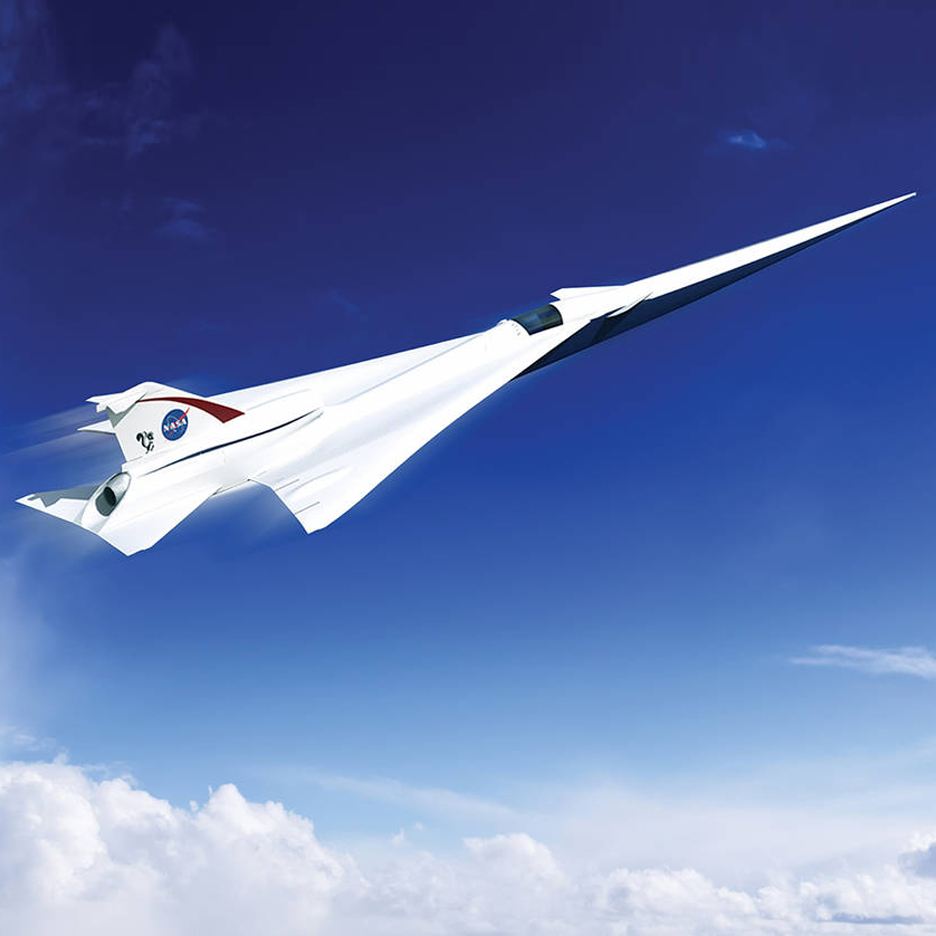NASA is developing a quiet supersonic passenger jet for overland flights
NASA has unveiled a conceptual design for a supersonic plane that would be much quieter than Concorde.
The image released by the United States space agency shows a long, slim craft with a pointed nose and curved wings at the rear of the plane.
Aircraft designers and operators have long pursued the idea of flying faster than the speed of sound. But commercial supersonic flight ended when the iconic Concorde aircraft went out of service in 2003, which NASA hopes to change with the new quiet aircraft.
One of the challenges Concorde faced was the noise created by its sonic boom, which occurred when travelling faster than 1234.8 over kilometres per hour – the speed of sound.
These booms were so loud that most overland flight paths were banned, severely limiting the plane's viability.
NASA and aerospace company Lockheed Martin Aeronautics hope to replace the loud boom with a softer, rhythmic thumping sound that will be significantly quieter and therefore allow for overland flights.
The agency has contracted Lockheed Martin to further develop the preliminary design and create baseline requirements for the plane's performance, carrying capacity, noise levels, and other criteria against which a prototype plane will be tested.

Over the next 17 months, the company will work with GE Aviation and Tri Models Inc develop the design before proceeding with analytical and wind testing. If all goes well, a commercial flight-ready craft could be in service by 2020.
The project is the first in a series of super fast so-called X-planes that the agency hopes to support, bolstering the aerospace industry in the US.
"NASA is working hard to make flight greener, safer and quieter – all while developing aircraft that travel faster, and building an aviation system that operates more efficiently," said NASA administrator Charlie Bolden.
"To that end, it's worth noting that it's been almost 70 years since Chuck Yeager broke the sound barrier in the Bell X-1 as part of our predecessor agency's high speed research."
"Now we're continuing that supersonic X-plane legacy with this preliminary design award for a quieter supersonic jet with an aim toward passenger flight," he added.
Other recent developments in flight include a new luxury line of personal aircraft from Cobalt and the return of Virgin Galactic space flight testing.